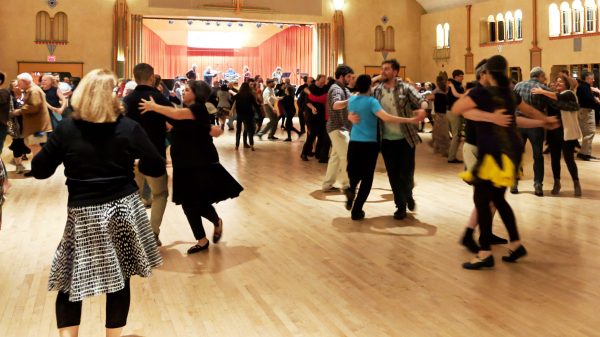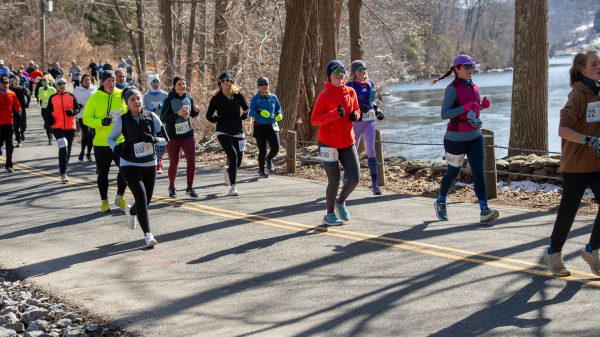KENT – Iron smelting will be done on the grounds of the Eric Sloane Museum for the first time in 132 years this weekend.

Andrew Rowand, administrator and curator of the museum, has made arrangements to have a blacksmith on site to demonstrate this historic trade both Saturday, May 18 and Sunday, May 19. Admission is free on both days for this special event, but donations are always accepted.
Master blacksmith Steve Mankowski from Virginia will smelt iron with a bloomery furnace using traditional methods and techniques. The next day, Sunday, he plans to forge new tools with the iron.
“This whole Housatonic River area has a tremendous history with iron and iron production. Oftentimes, we’re not all linked together in interpreting that,” Rowand explained.
“As we look to revitalize the Kent Furnace, 2026 will be 200 years of the furnace. We’ve always wanted to do something big to commemorate that and to honor this industry that had such a big impact on this area,” he said. “As part of that, I always thought, ‘Wouldn’t it be cool to see a smelting happening here and let people see how iron is made?’”
In his four years at the Eric Sloane Museum, he has made historic trades a main focus of the related events held on site.
Mankowski won’t use a big blast furnace like existed at the Kent Furnace location, but he will use an 18th-century bloomery furnace that would have been active in Kent before the blast furnaces came in.
The last time iron was smelted at the Kent Furnace was in 1892. Kent Iron Works operated a blast furnace next to the Housatonic River, drawing water from the river for the operation through the use of a dam. The 1826 granite blast furnace with Gothic arches was used to produce pig iron for almost 70 years and is listed on the National Register of Historic Places.
The iron industry was the main industry in Northwest Connecticut towns because of area town’s wealth of high-grade iron ore. The other parts of the process required charcoal, that was created by cutting down the abundant forests that existed prior to the iron production that clearcut virtually all of the trees in Kent and neighboring towns. Another ingredient was flux, which was available in the form of limestone or marble, that were both quarried nearby. The river provided moving water to power the air blast machines that blew air into the furnace. The existing granite structure was only the bottom portion and there was a three-story superstructure above the granite.
Sunday, they will take the new iron that was made and it will be forged into tools that can go on display at the museum, Rowand said.
“It is so cool. It is going to be a full circle of a tool museum that is on an iron site, talking about the iron history but also creating tools using traditional methods,” Rowand said.
Also collaborating with the museum are Kent Historical Society, Connecticut Mineral and Mining Museum, Sharon Historical Society and the New England Blacksmiths Association. The historical society will be giving tours about the Kent Furnace, sharing information about the one that ran on the property and also two other furnaces in town.
Sharon Historical Society will also talk about the history of iron production in neighboring towns.
Rowand has plans for the future that would expand this event into a festival that will hopefully include music, tradespeople and groups that are able to speak to the conservation efforts on the land.
Another new feature this weekend is the debut of a new audio tour of the Kent Iron Furnace and Eric Sloane Museum made possible by the Connecticut Radio Information System (CRIS). CRISAccess provides human-narrated audio tours for free visitor access through the use of QR technology. As a component of CRIS Radio’s Connecticut Radio Information System the organization works to provide access for people who are blind or print challenged.
“We are grateful to CRISAccess for incorporating our museum in their ARPA funding to cover production costs for this valuable service. The audio narration, both English and Spanish of our 10 interpretive panels will greatly elevate our site’s accessibility for people to learn about this important history,” Rowand said.
The museum is located at 31 Kent Cornwall Road and hours are Friday through Sunday 10 a.m. to 4 p.m. May through October. The next event will be Historic Trades Day on June 8, which will feature a number of demonstrators showing their skills.





































